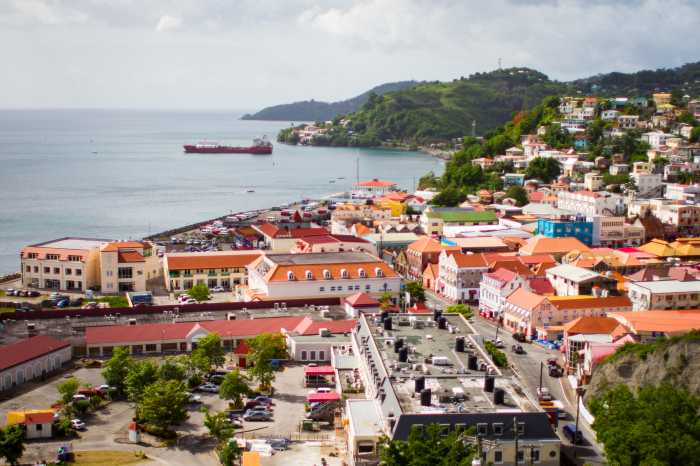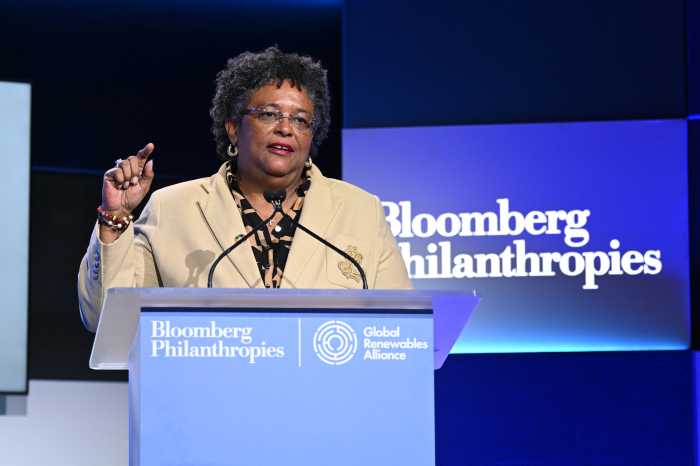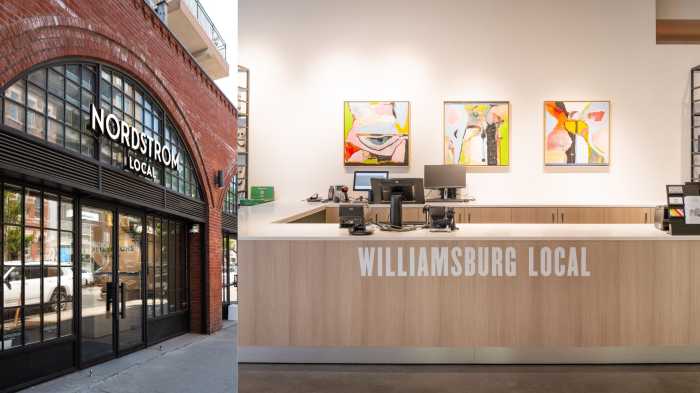Some have rebuked Caribbean governments for not coming down hard enough on the Dominican Republic for taking away citizenship of persons born in the country with Haitian blood, but the truth about the relatively mild rebuke might lie in the fact that no one might be too anxious to interfere with the robust trade in goods between the DR and the Caribbean Community in recent years.
Early last week, the prime ministers of Trinidad, St. Vincent and the president of Haiti met in emergency session in Port of Spain to discuss a recent court ruling in the Dominican Republic that basically stated that people of Haitian ancestry who were born on its soil after 1929 could no longer be considered as citizens and must prepare to leave the country in the coming months or go through a humiliating process to prove actual connection to DR society.
The three heads of government were at the special meeting of the CARICOM Bureau of prime ministers, which runs the affairs of the region in-between the two yearly summits. Kamla Persad-Bissessar of Trinidad is the current chairperson.
At the end of their meeting, the leaders decided to suspend any consideration of an application by the administration of President Danilo Medina to allow the DR to become a full member of CARICOM, just as Haiti did back in 2002. Haiti has traditionally protected against racist policies perpetrated against its darker skinned citizens at the hands of its neighbor. The two share the island of Hispaniola. They also said they would review working relations at a host of international forums including the OAS.
But statistics seen by this newspaper in recent days show since the two sides signed off on a free trade deal in 1998, exports from the region to the DR have moved from $73.1M in 2002 to $261M in 2011 the last year for which statistics are available.
On the other hand, businesses in Santo Domingo started to benefit from the trade deal in 2002 with a mere $26M in exports but this has since moved up to $153.1M in 2011.
Incidentally, the 2011 figure was the highest recorded so far for the DR while CARICOM’s 2008 export figure of $531.2M was the highest since the 1998 agreement actually came into force in 2001.
The figures clearly show that the two sides are of great value to each other despite a recent ruling by the DR’s highest court
“With respect to goods traded duty-free under the agreement for the period 2002-2011, CARICOM’s average annual exports to the Dominican Republic were US$176.9 million. CARICOM’s average annual imports from the Dominican Republic were US$64.6 million, with an average balance-of-payment surplus of US$112.3 million in favour of CARICOM,” the main document stated.
So far the agreement covers only trade in goods. The portion pertaining to the trade in services has not been enacted as yet, while the DR has been restricted from exporting duty-free products to smaller Eastern Caribbean islands which fear they would be swamped by imports. They are however allowed to export products tariff-free to the DR, the document showed.
Among the exporting nations, oil- and gas-rich Trinidad has dominated exports, selling liquefied gas, motor fuels, urea, baby napkins and other products, while the DR has concentrated on products like beer, milk, cream concentrate, animal vegetable fats and oils, cane- and beet-sugar, aerated water and cement, among others.
























